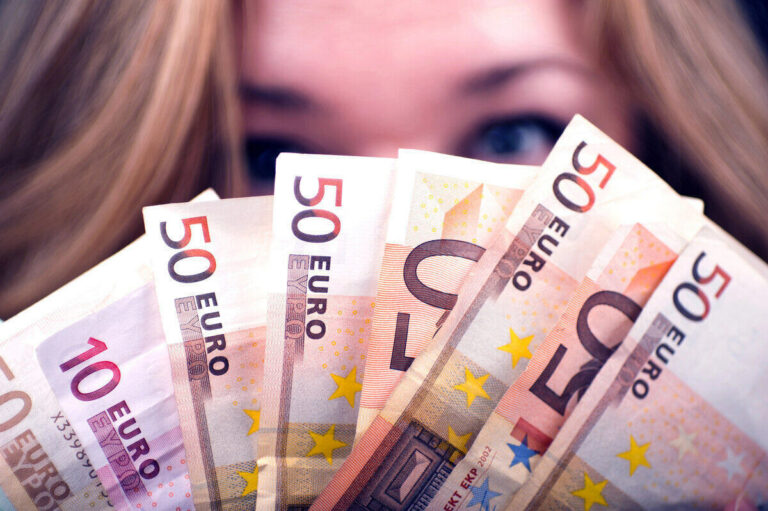euro
Spontaneous euroisation continues in Hungary: people tend to choose foreign currency savings

Delightful news: Forint at a five-month peak against the euro

Hungary’s economic outlook for 2025: here’s what experts have to say on inflation, forint exchange rate

Grim predictions for Hungarian economy in 2025: inflation and EUR/HUF 420 exchange rate

PM Orbán sets out Hungary’s position on euro adoption

Hungarian forint continues its freefall, faces two-year low against USD

Will the long-awaited adoption of the euro in Hungary remain a dream?

Currency concerns: Is the EUR/HUF 500 exchange rate approaching in Hungary? – Here’s what the experts say

New Hungarian real estate trend: Slowly shifting to euro pricing?

Are Romania and Bulgaria ahead of Hungary in adopting the euro?
Hungarian forint at breaking point: Near-historic low against pound sparks concern

Forint hits new low against the euro as exchange rate surges past 413

Hungarian forint hits new 2-year low against the euro, attempts to recover

Spontaneous euroisation continues in Hungary, expert says EUR 1 will cost HUF 500 soon

Forint’s freefall: The dollar and euro take a toll on Hungary’s economy

Forint in uncontrolled decline, crossing multiple lows: when will it stop?

No stopping: Hungarian forint hits another record low after weak GDP report

Forint hits new low: Weakest since 2022 amid economic struggles





 ZH
ZH IT
IT DE
DE HR
HR NL
NL FR
FR JA
JA RO
RO RU
RU ES
ES TR
TR
